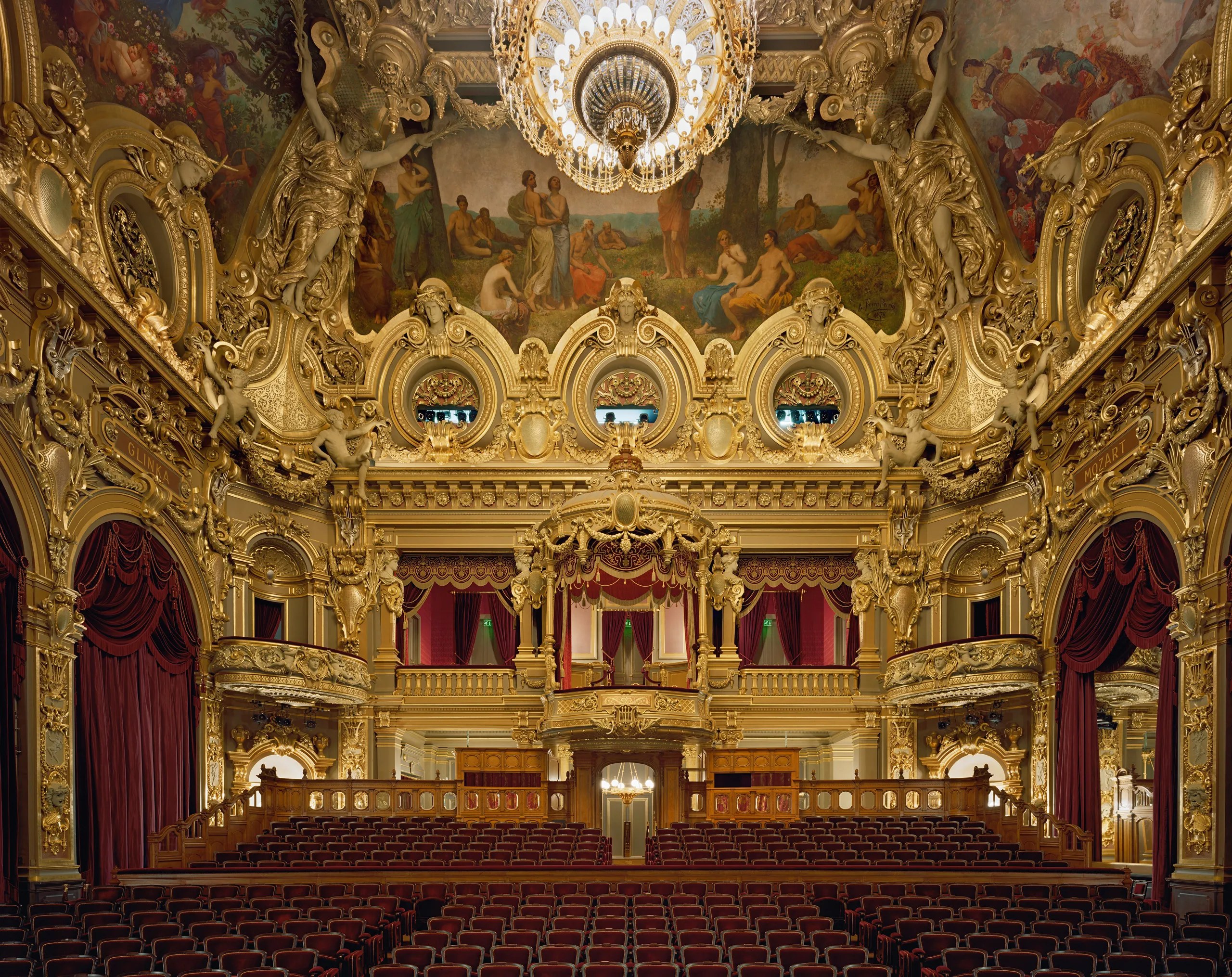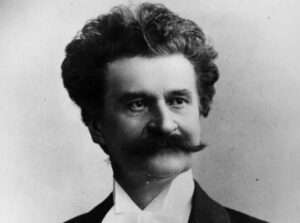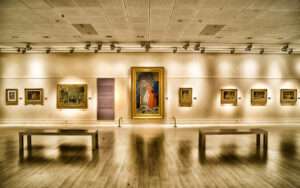Opera, a mesmerizing blend of music and drama, traces its roots back to the scenic landscapes of Italy. As this elite form of musical theater began to captivate audiences, it wasn’t long before its influence spread, echoing through the corridors of Europe and eventually, the world. Today, opera houses stand as monumental testaments to this art form, each with its unique story and architectural splendor.
The Evolution of Opera Houses
The rich tapestry of opera’s history is woven with numerous milestones, but none as significant as the establishment of the very first opera house. Nestled in the heart of Venice, the Teatro San Cassiano opened its doors in 1637, setting the stage for a global phenomenon. As the curtains rose and the harmonious melodies filled the air, opera houses became more than just venues. They were symbols of cultural prestige, places where the high society congregated, adorned in their finest attire, to witness the magic of opera.
From the historic lanes of Venice to the bustling streets of modern cities, opera houses have evolved, yet their essence remains unchanged. They are sanctuaries of art, where every note tells a story and every performance is a journey. Whether you’re an aficionado or a casual listener, these structures invite you to experience the world of opera in all its glory.
To delve deeper into the world of opera and its iconic venues, explore these resources: Discover more destinations in North America and Explore South American wonders.
Opera Houses: Italy’s Treasures
La Scala, Milan, Italy
La Scala, or Teatro alla Scala, is more than just an opera house; it’s a symbol of Italy’s rich musical heritage.
Brief history and significance: Located in the heart of Milan, La Scala has been the epicenter of opera and classical performances since its inception. Its legacy is intertwined with the evolution of opera in Italy.
Notable renovations and current status: Over the years, La Scala has undergone several renovations, especially after the damages during WW2. Today, it stands as a beacon of art and culture, hosting performances that draw audiences from around the world. Learn more about La Scala.
Teatro di San Carlo, Naples, Italy
The world’s oldest working opera house, Teatro di San Carlo, is a testament to the timeless appeal of opera and its deep-rooted connection with royalty.
Historical significance: Established in the vibrant city of Naples, Teatro di San Carlo has witnessed the ebbs and flows of opera’s journey. Its stage has been graced by some of the most iconic performances in history.
Royal connection: Commissioned by King Carlo III, its proximity to the royal palace is a testament to the stature of opera in society and its significance among the elite. The opera house stands as a reflection of the city’s royal past and its undying love for the arts. Discover Teatro di San Carlo’s legacy.
These opera houses, with their storied pasts and architectural grandeur, continue to be the torchbearers of Italy’s illustrious musical tradition.
World’s Iconic Opera Houses
Teatro Colón, Buenos Aires, Argentina
Teatro Colón stands as a monumental testament to the acoustic brilliance in the world of opera houses.
Acoustic significance: Recognized globally for its unparalleled acoustics, Teatro Colón offers an auditory experience like no other. Its design ensures that every note reaches the audience in its purest form.
Notable performances: Over the years, legends like Luciano Pavarotti and Maria Callas have graced its stage, drawn by its acoustic perfection. Experience the magic of Teatro Colón.
Sydney Opera House, Sydney, Australia
The Sydney Opera House is not just an opera house; it’s a symbol of architectural innovation and Australia’s gift to the world.
Architectural marvel: With its sail-like structures set against the backdrop of the harbor, its design is a departure from traditional opera house architectures, making it a modern masterpiece.
Global recognition: Recognized as a UNESCO World Heritage Site, it’s not just one of the biggest opera houses but also one of the most iconic structures globally. Dive deeper into the history of Sydney Opera House.
These opera houses, with their unique attributes, continue to inspire and captivate audiences worldwide.
Opera Houses: Epitomes of Art and History
Metropolitan Opera House, New York, US
The Metropolitan Opera House in New York is not just an opera house; it’s a colossal testament to the grandeur of musical theaters.
Stature as the biggest opera house: Towering in the Lincoln Center for Performing Arts, it holds the title of the world’s largest opera house, offering an unparalleled experience for its audiences.
Modern marvel: While its structure is modern, it encapsulates the classical elegance associated with opera houses. Explore the grandeur of the Metropolitan Opera House.
Vienna State Opera, Vienna, Austria
Vienna State Opera is a beacon of history, art, and culture in the heart of Austria.
Historical significance: With opera performances gracing its stage for almost 150 years, it stands as a magnificent structure constructed in the Renaissance Revival style.
Unique performances: Apart from the classics, one of its distinct features is the performances by children, promoting and encouraging younger generations to appreciate and participate in opera. Discover the legacy of Vienna State Opera.
These opera houses, steeped in history and culture, continue to be the flag bearers of the rich tradition of opera across the world.
Jewels of European Opera: Paris and London
Palais Garnier, Paris, France
Palais Garnier stands as a testament to Paris’s deep-rooted love for arts and culture.
Historical background: Commissioned by Emperor Napoleon III during the 19th century, this opera house has since been a beacon of Parisian culture and architecture.
Iconic status: Beyond its architectural splendor, Palais Garnier has inspired tales and legends, most notably the “Phantom of the Opera”. Delve deeper into the allure of Palais Garnier.
The Royal Opera House, London, UK
Nestled in Covent Garden, The Royal Opera House beautifully encapsulates London’s rich operatic history.
Historical significance: With roots tracing back to the mid-19th century, it has been a pivotal venue for opera and ballet performances.
Modern renovations: While cherishing its historical essence, the opera house has undergone significant modern renovations, ensuring a blend of the past and present for its audiences. Explore the evolution of The Royal Opera House.
Both opera houses, with their unique histories and modern touches, remain central to the European operatic landscape.
Opera Houses: A Blend of Modernity and Tradition
Copenhagen Opera House, Copenhagen, Denmark
The Copenhagen Opera House is a testament to modern architectural brilliance and innovation.
Modern marvel: As one of the most recent additions to the world of opera houses, it boasts a design that is both contemporary and functional.
Unique features: With the largest orchestra pit globally and an auditorium adorned with gold leaf, it sets a new standard for opulence in the world of opera. Discover the modernity of the Copenhagen Opera House.
Teatro Real, Madrid, Spain
Teatro Real stands as a beacon of Spain’s rich operatic history and tradition.
Historical background: Established in the heart of Madrid, this opera house has witnessed the evolution of opera over the centuries.
Classic repertoire: It is renowned for its commitment to both classical and contemporary operas, ensuring a diverse range of performances for its audiences. Experience the legacy of Teatro Real.
FAQs
Why are opera houses significant in cultural history?
Opera houses are not just venues for performances; they are repositories of a city’s or country’s cultural and artistic history. They have been centers of social interaction and have played pivotal roles in cultural revolutions.
What makes an opera house acoustically superior?
The acoustics of an opera house depend on its architectural design, materials used, and the shape and size of its auditorium. Superior acoustics ensure that sound travels uniformly, providing an immersive experience.
How do modern opera houses differ from historical ones?
While historical opera houses were built with a focus on ornate designs and cultural significance, modern opera houses prioritize functionality, acoustics, and often incorporate state-of-the-art technology. However, both types aim to provide the best auditory experience.
Opera houses, whether modern or historical, continue to be the heart and soul of the cities they reside in, echoing tales of the past while embracing the future.




